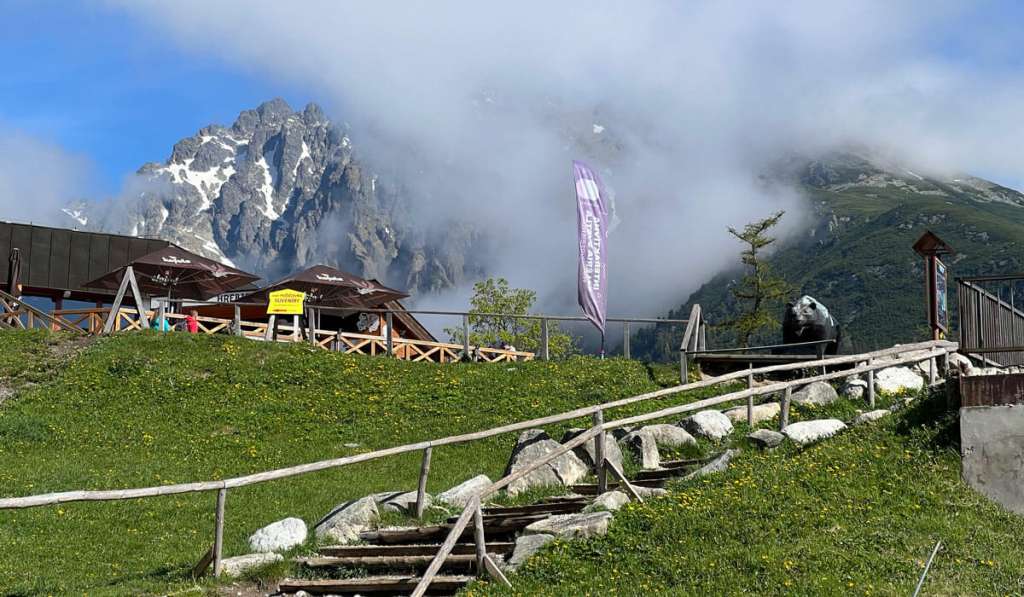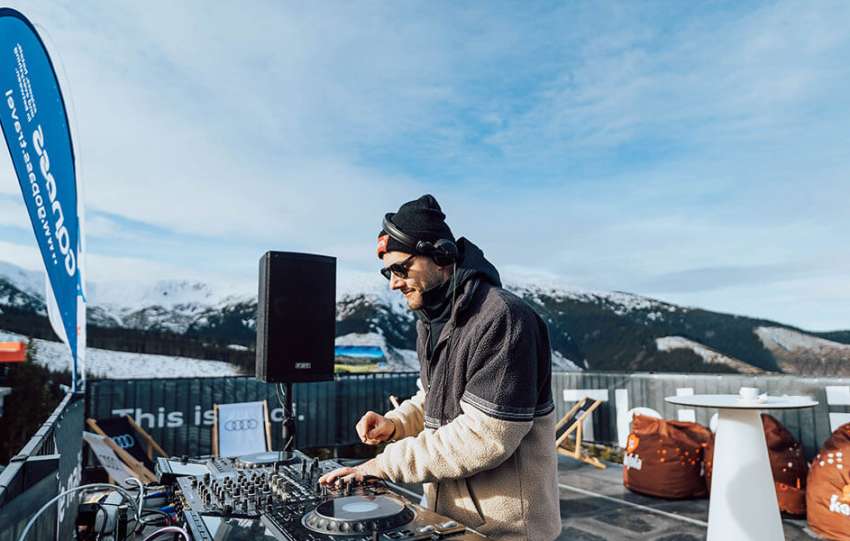Share This Article
Hiking is a wonderful way to explore the beauty of nature, stay fit and recharge with positive energy. If you want to start hiking, regularly go to the mountains and tackle various trails, it’s important to begin sensibly and with measure. Let’s look at the basic questions you should consider before setting off for your first hike.
How long should your route be?
If you’re new to hiking, opt for shorter routes – around 10 kilometres is ideal for beginners. It’s important to consider not only the destination but also the return journey. A good strategy is to choose a hiking goal about 5 kilometres from your starting point, which makes it a 10-kilometre round trip. Another good option is to plan a circular route, which allows you to return along a different trail.
Start with short routes to develop a positive relationship with hiking and gradually adapt to the physical demands. Although walking is a natural activity, your body needs time to adjust to the intensity and volume. Your lower limb joints will bear most of the strain, and you can expect some soreness in the beginning. That’s why it’s important to take it slowly and adapt gradually by hiking regularly.

What attitude should you tackle?
The altitude difference of your route is another key factor. The number of vertical metres climbed will significantly affect the difficulty of the hike even more than the distance itself. If you plan to hike regularly, don’t shy away from mountains. In fact, it’s beneficial to include hilly terrain in your routes. Again, progression is important, so choose a suitable altitude difference in relation to the distance. We recommend routes with up to 500 metres of altitude difference for your first hikes and you can gradually increase it over time.
How should you plan your route?
The basic parameters of your route (distance and altitude) can be easily determined by using various mapping apps. Weather is a crucial factor when planning, especially since it can be unpredictable in the mountains. Always check the weather forecast from multiple sources before your hike, and on the day of your trip, verify the current weather and the forecast for the following hours in your chosen location. Pay attention to parameters such as temperature, wind, precipitation and cloud cover, and check for any warnings. You can also view the current situation on the radar and see how the cloud cover has been moving over the last hour, which can help you avoid storms and other weather issues.

How fast should you go?
Your pace is another factor that will influence your hiking experience. At the beginning, don’t push yourself too hard to avoid unnecessary pain, shortness of breath and quick onset of fatigue or muscle soreness in the following days. There’s no need to rush or compare yourself to faster hikers. Avoid letting these things put you off hiking. Walk at a pace that allows you to complete the hike comfortably and take as many breaks as you need. Listen to your body and enjoy the nature around you. As you walk more and more kilometres, your pace will naturally increase, and you’ll be able to cover longer distances.
What should your hiking goal be?
Mountain chalets and huts are excellent hiking goals where you can take shelter after completing your ascent, refresh yourself and recharge your batteries for the journey back. Cable cars are a great option to get to higher altitudes, saving you the altitude difference and allowing you to continue with an easier hike. In the High Tatras, you can take a cable car to Skalnaté pleso and Solisko or a funicular to Hrebienok. In the Low Tatras, taking a cable car to Mt Chopok is an ideal choice, as you can continue hiking along the ridge of the Low Tatras from there.

Your hike can be made more interesting in various ways, such as by visiting caves, castles or open-air museums. We recommend looking for educational trails, which are usually suitable for beginners as for the distance and difficulty and offer interesting information about the area.
Do you know which is the most common hiking injury? In the article you can also read tips on how to prevent it.
This article has been created in cooperation with MTHIKER.sk.



